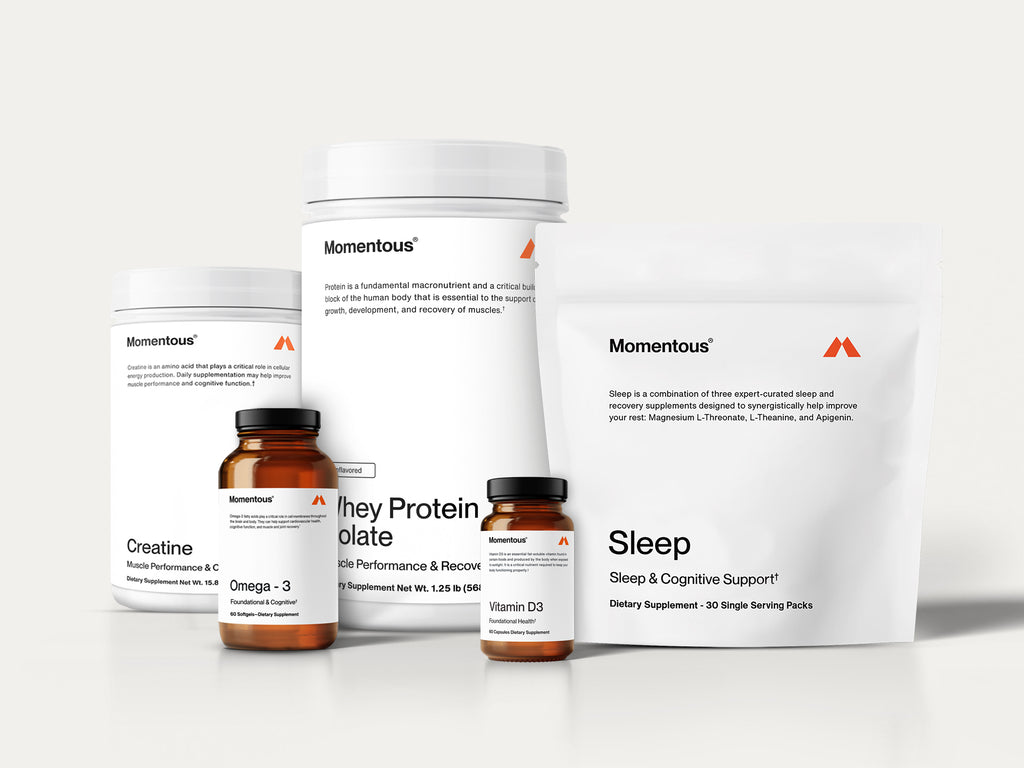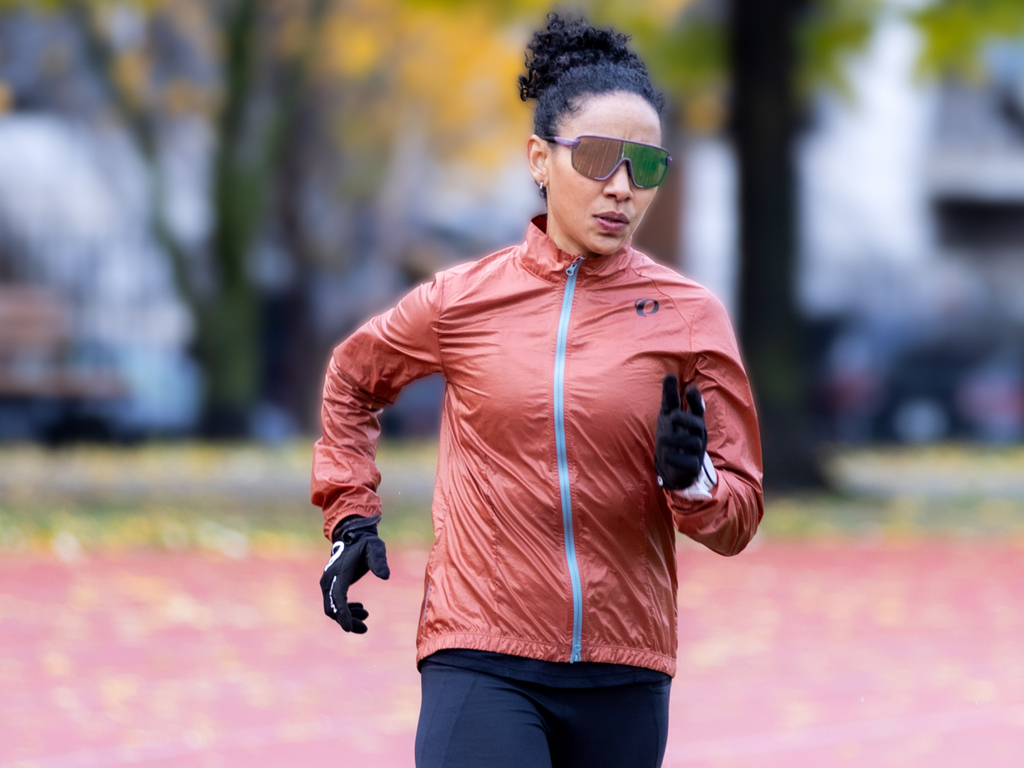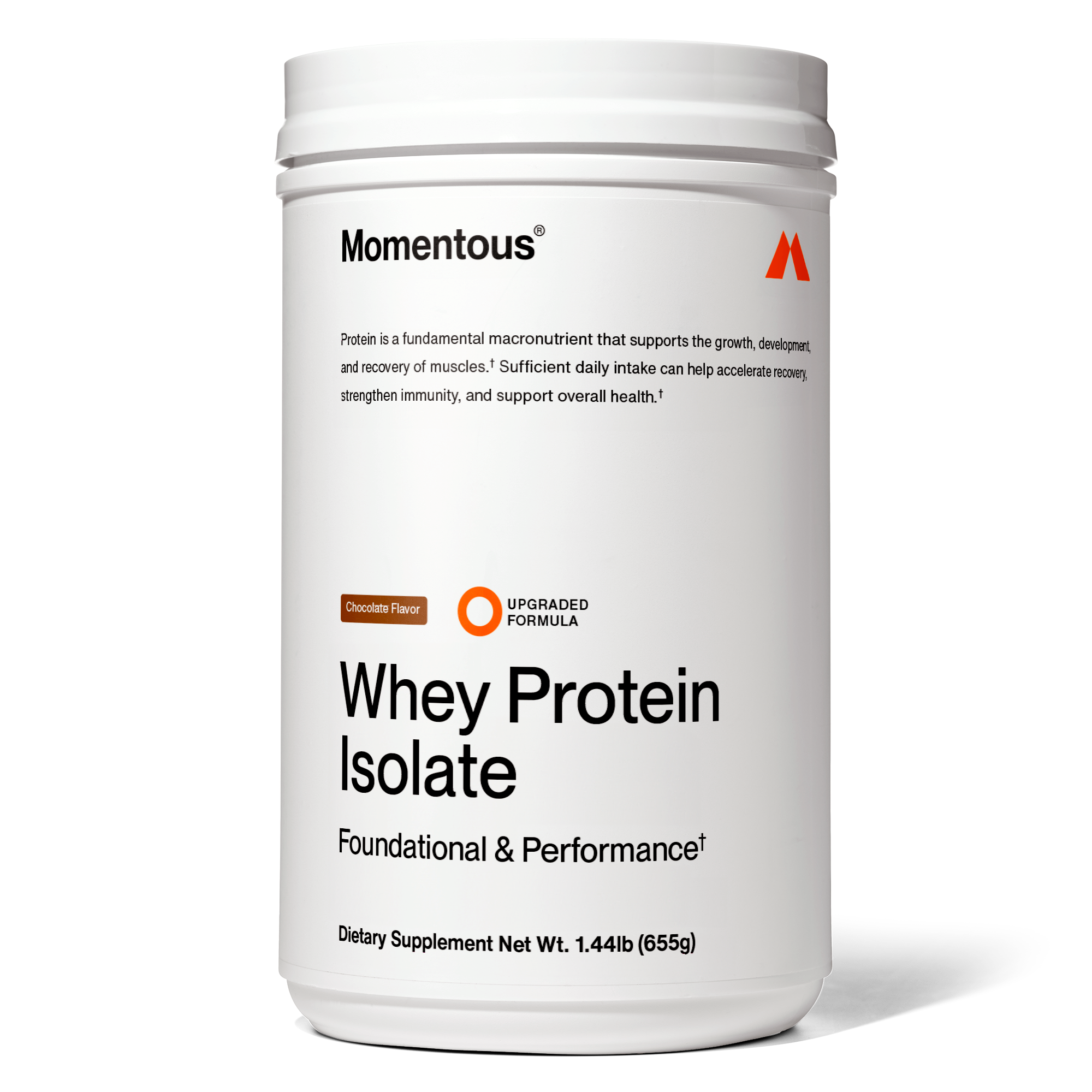20g of grass-fed whey protein isolate per serving for performance + recovery
Joint Health, Bone Health
By Lindsay Berra
Juliet Starrett is a lot of things: An attorney, a best-selling author, a podcast host, an entrepreneur, a business owner, a philanthropist, a wife, and a mother. But the one constant through all the phases of Starrett’s life has been another powerful title: Athlete.
At age 50, Starrett looks back at her athletic career with pride. She began as a state-champion rower in high school, then rowed at the University of California, Berkeley. Then, on a lark in the spring of 1997, she tried out for the U.S. women’s whitewater paddling team, because, as she puts it, “Why not? I know how to run rivers.” She was the lone paddler chosen from a group of over 60 women to fill a single spot on the national team. Two months later, on the Zambezi River in Africa, she won her first World Championship. Two more would follow, along with five national titles.
“I got into pretty serious training as a young athlete, and I performed really well,” Starrett recalls. “But we all ate like garbage. I could have performed so much better if I had just been given some information.”
At the peak of her collegiate athletic career, Starrett experimented with a vegetarian diet. She went along with the low-fat fad in the late 1990s. Then, in the 2000s, when she and husband Kelly founded San Francisco CrossFit, she went the other way with a hardcore Paleo diet, increasing fat and drastically restricting her carbohydrate intake. At that time, Starrett was still an elite athlete, competing in the CrossFit Games in 2010. But after all the experimenting with different styles of eating, Starrett, who still exercises every morning, points to the importance of post-workout protein as the one thing she knows now that she wishes she knew in decades past. “Every time I work out, regardless of whether it's a long mountain bike ride, or a short CrossFit workout, or a stand-up paddle, or whatever, within 30 minutes of finishing, I have a scoop of protein,” Starrett says. “It’s a simple habit that makes a huge difference for me.”
That difference comes in the form of more energy, better recovery, more strength and endurance gains, and an increased sense of mental clarity, which she needs to face the rest of her day. Starrett points out that unlike others in the health and fitness industry whose only job is to work out, recover, and repeat, she spends 10 hours each day at her computer. Most days, Starrett’s 20-gram scoop of chocolate or vanilla Whey Protein goes into the shaker bottle with a scoop of creatine and 16 ounces of water. Some days, she adds a scoop of collagen. But it’s always no fruit, no blender, no frills. “If I used a blender, it would be too many steps, and it would ruin it as a habit,” she explains.
While Starrett does consume protein within the “anabolic window,”—the short period of time following her workout—it is most important that this essential first step allows Starrett to start her day by taking a big bite out of her overall daily protein and hydration goals. She aims to consume 130 grams of protein—she suggests 0.7 to 1 gram of protein per pound of body weight—and 75 ounces of water each day. She follows up with three protein-heavy meals: Eggs, cottage cheese or yogurt with fruit for breakfast, a salad with four to six ounces of protein for lunch, and another six ounces of protein with veggies for dinner.
Science validates how Starrett feels when she hits her protein goals. “Hitting protein targets throughout the day and total protein intake will support metabolism, weight, muscle mass and overall cellular health,” says Momentous performance engineer Jenna Strangland, MS, RDN, CSSD. “For active women, aiming for 1 gram of protein per pound of bodyweight is ideal because the higher protein intake helps to support efficient recovery from the higher stress, strain and demand placed on the body.”
Starrett also doesn’t shy away from simple carbohydrates, like rice and oatmeal. “It took me a long time to realize that as a woman and as an athlete, I need carbohydrates,” says Starrett.
The Starretts, who together founded the virtual physical therapy and mobilization platform The Ready State, have another daily food habit that goes a long way toward maintaining their health and well-being: Consuming 800 grams of fruit and vegetables each day, in compliance with a challenge issued by their longtime friend E.C. Synkowski, a CrossFit coach and certified nutritionist. Starrett explains that this is much easier than it sounds, especially if you eat weighty fruits and vegetables like avocado, apples and black beans in addition to leafy greens. “It’s really not that much,” Starrett says. “It all fits on a standard dinner plate.”
Starrett adds that she also takes Vitamin D and Omega-3 each day, along with Magnesium before she goes to sleep at night. She and Kelly detail these basic nutritional habits in their bestselling book, Built to Move.
While Starrett is no longer an ultra-competitive athlete, her balanced diet plays a huge role in achieving the athletic goals she has set for herself at this stage of her life, which include continuing to lift heavy to maintain muscle mass as she ages and getting faster and technically better at mountain biking.
“Having muscle mass on our bodies is such a predictor of our ability to weather challenges as we age,” Starrett says. “Hitting your protein goals, both post-workout and throughout the day, is critical to maintaining that muscle mass.”
Want to hear more from Juliet Starrett? Click below to see a recent podcast episode from The Ready State:











